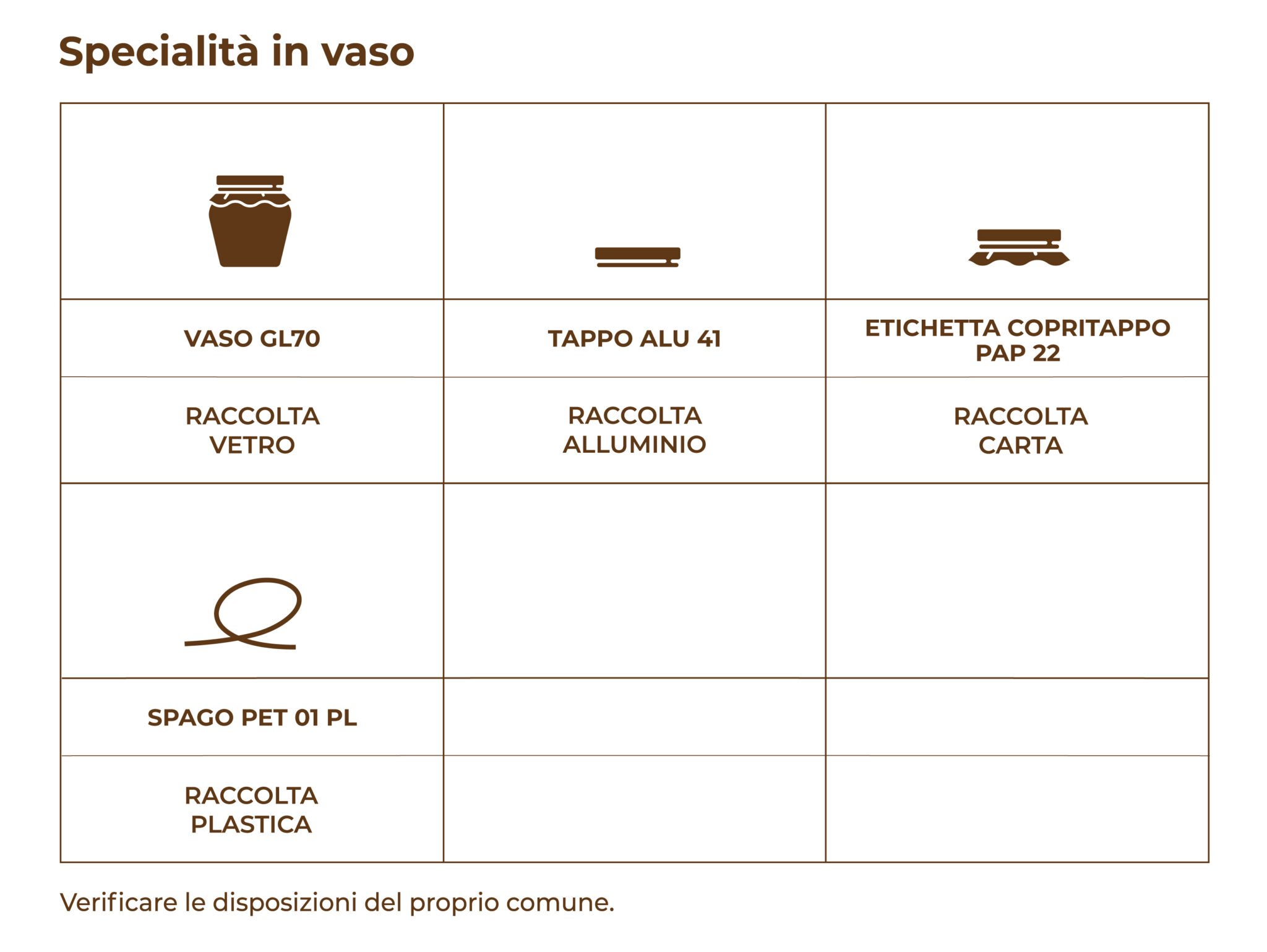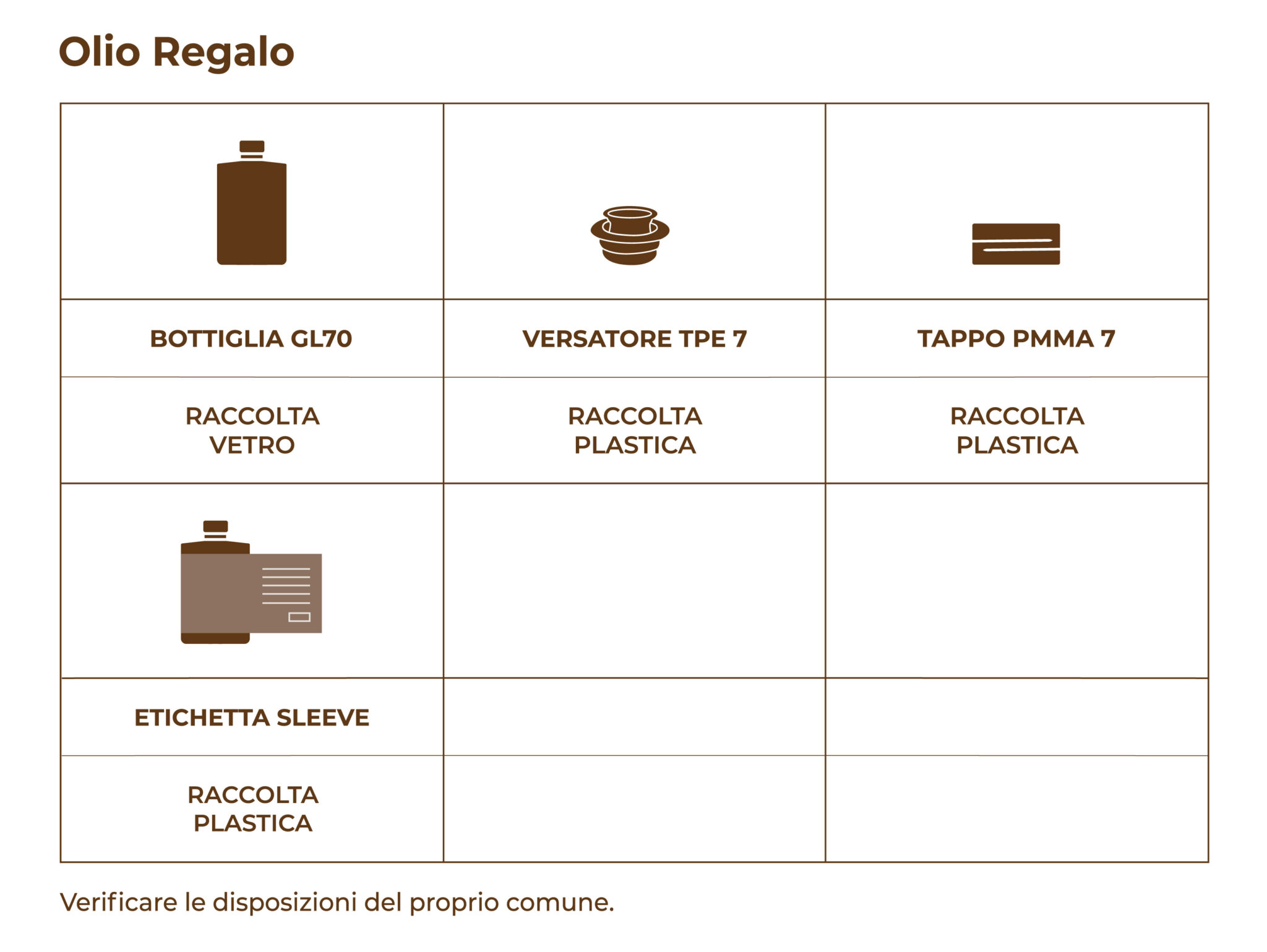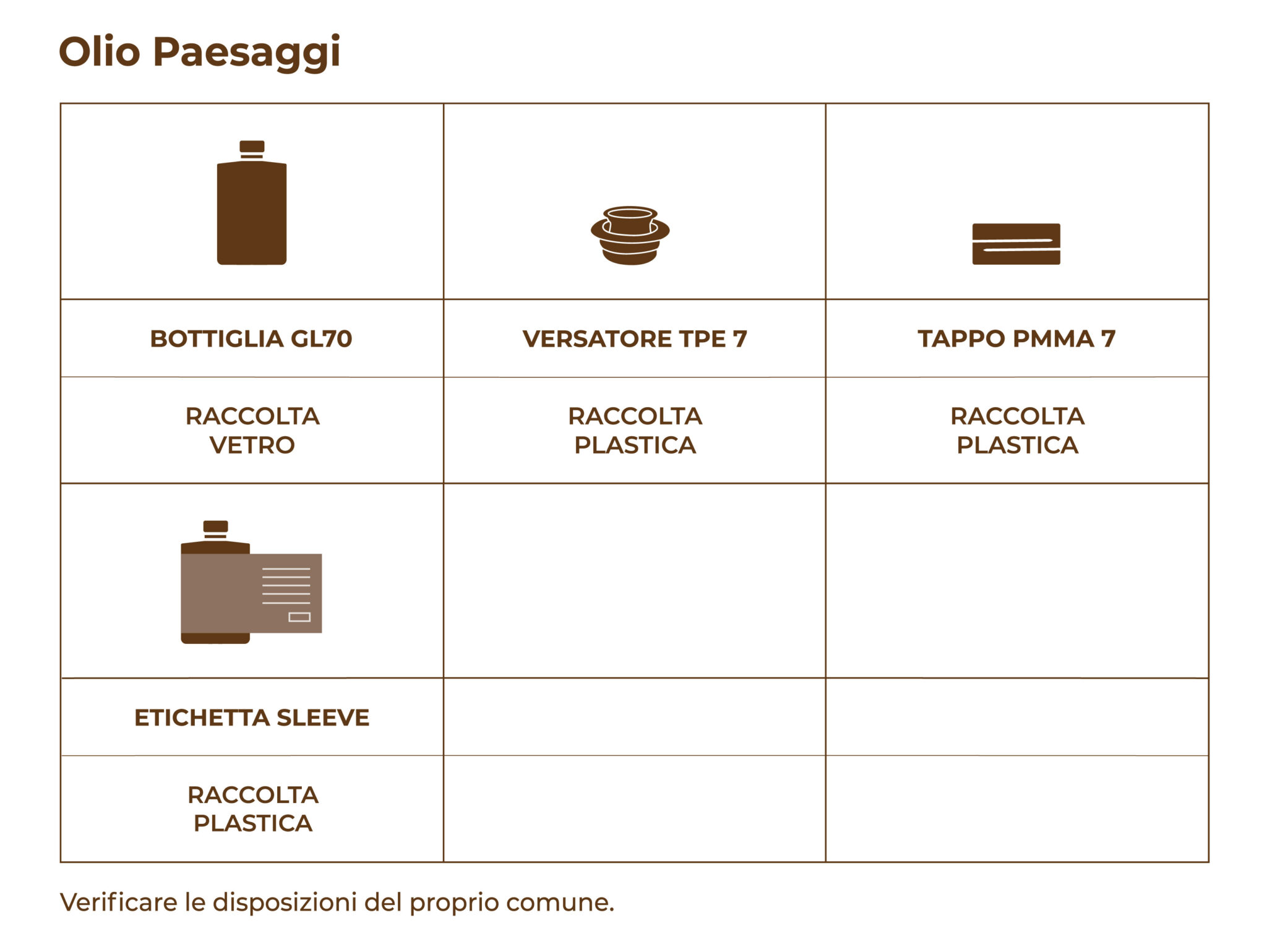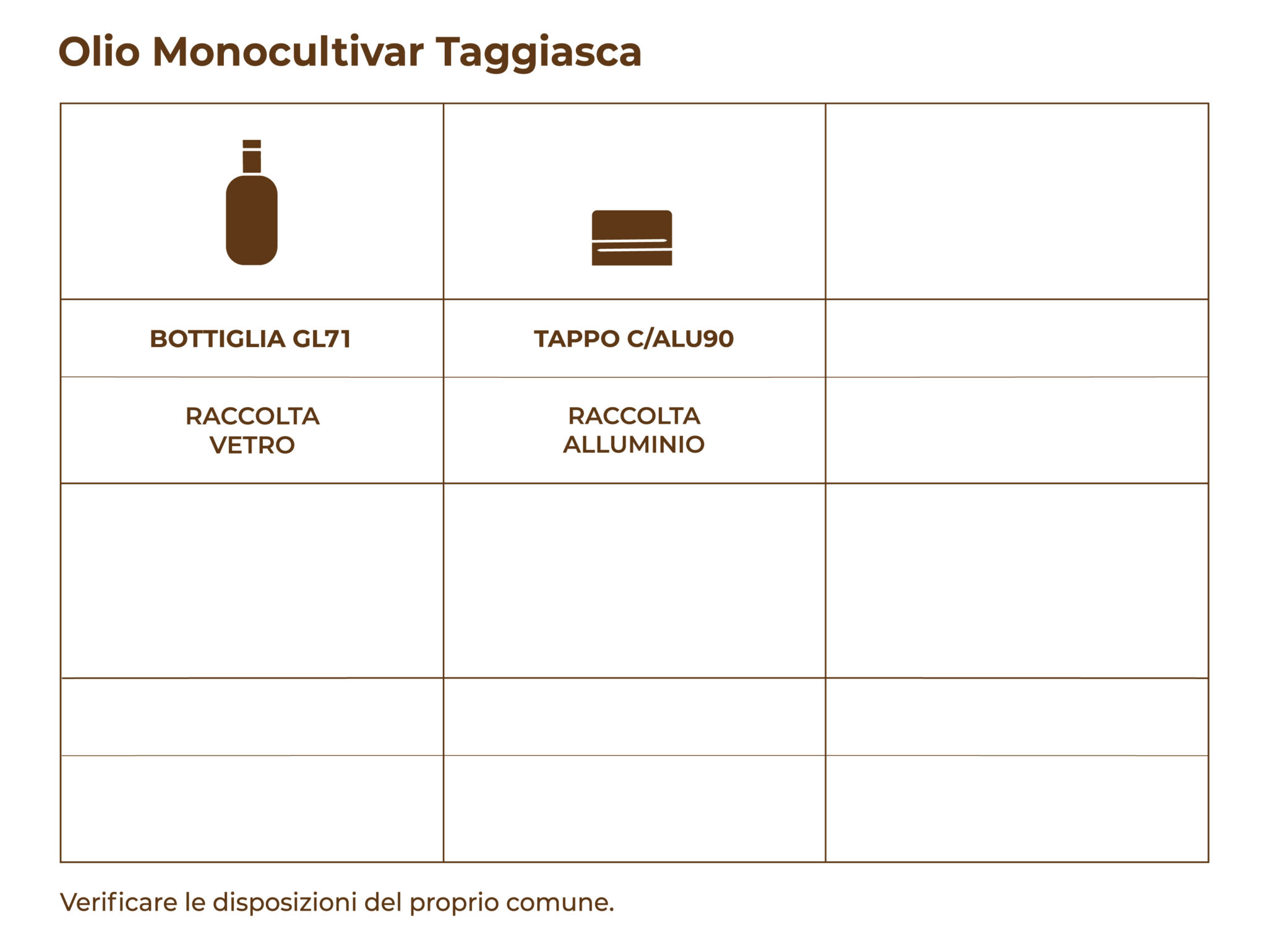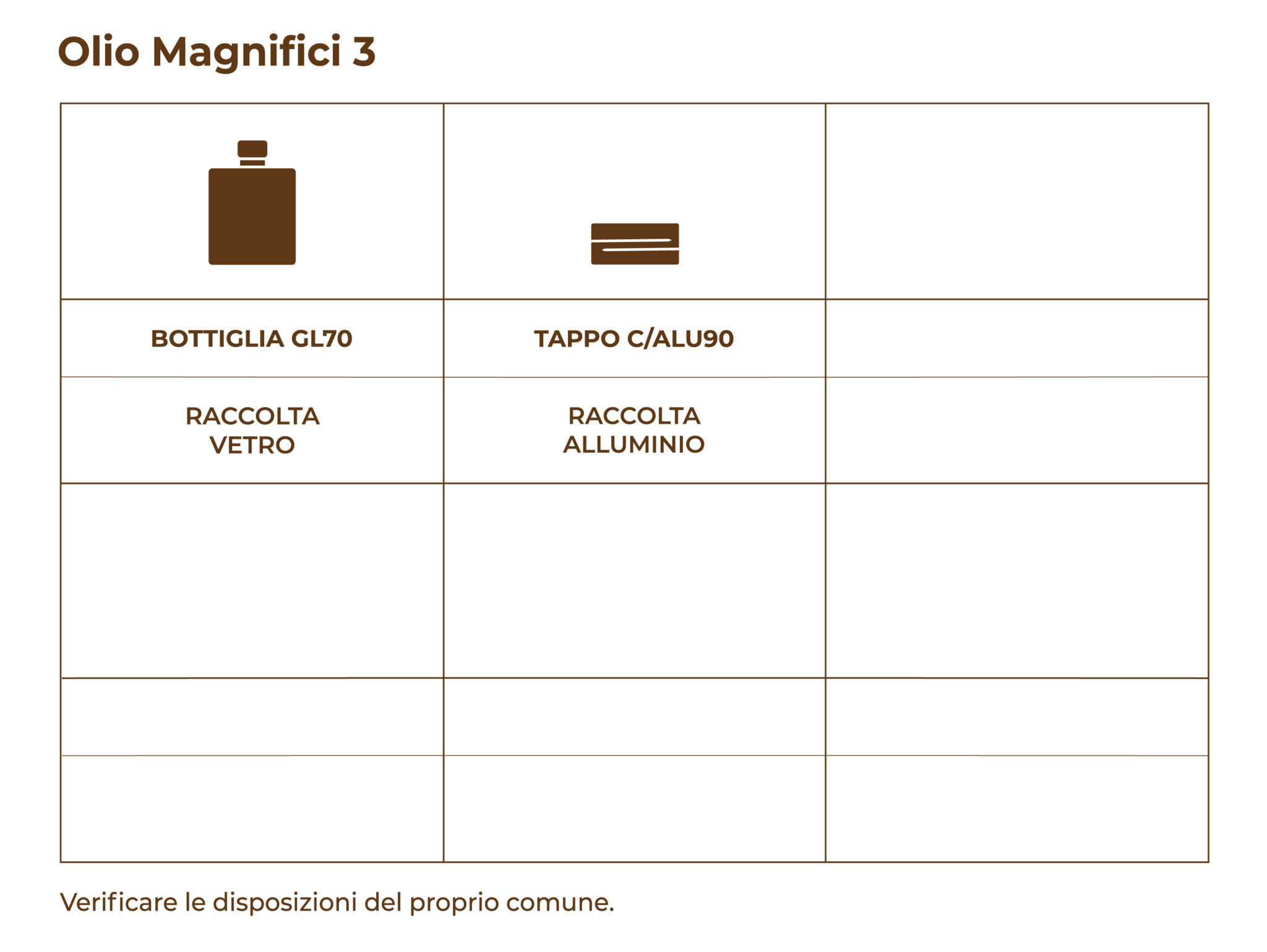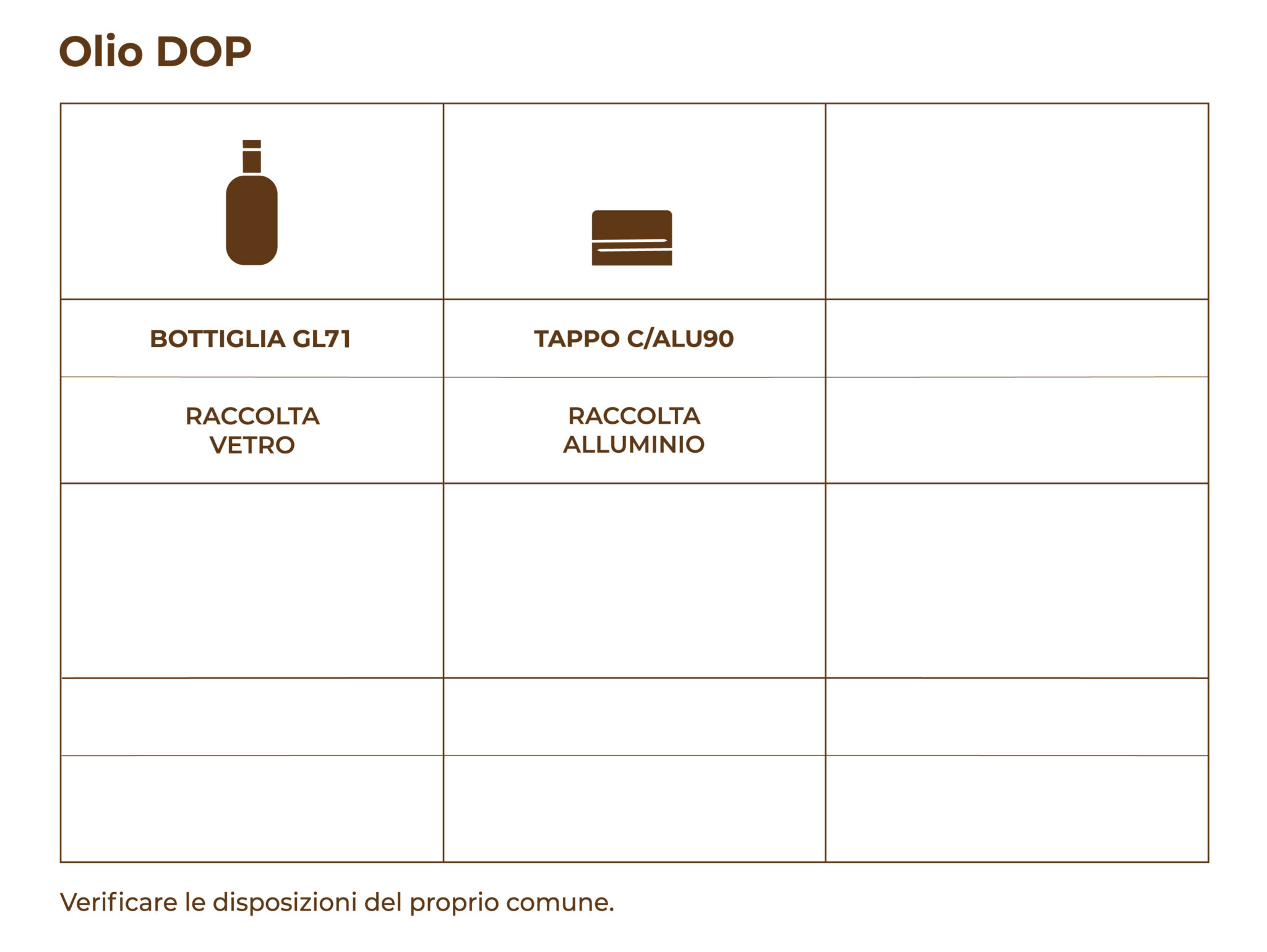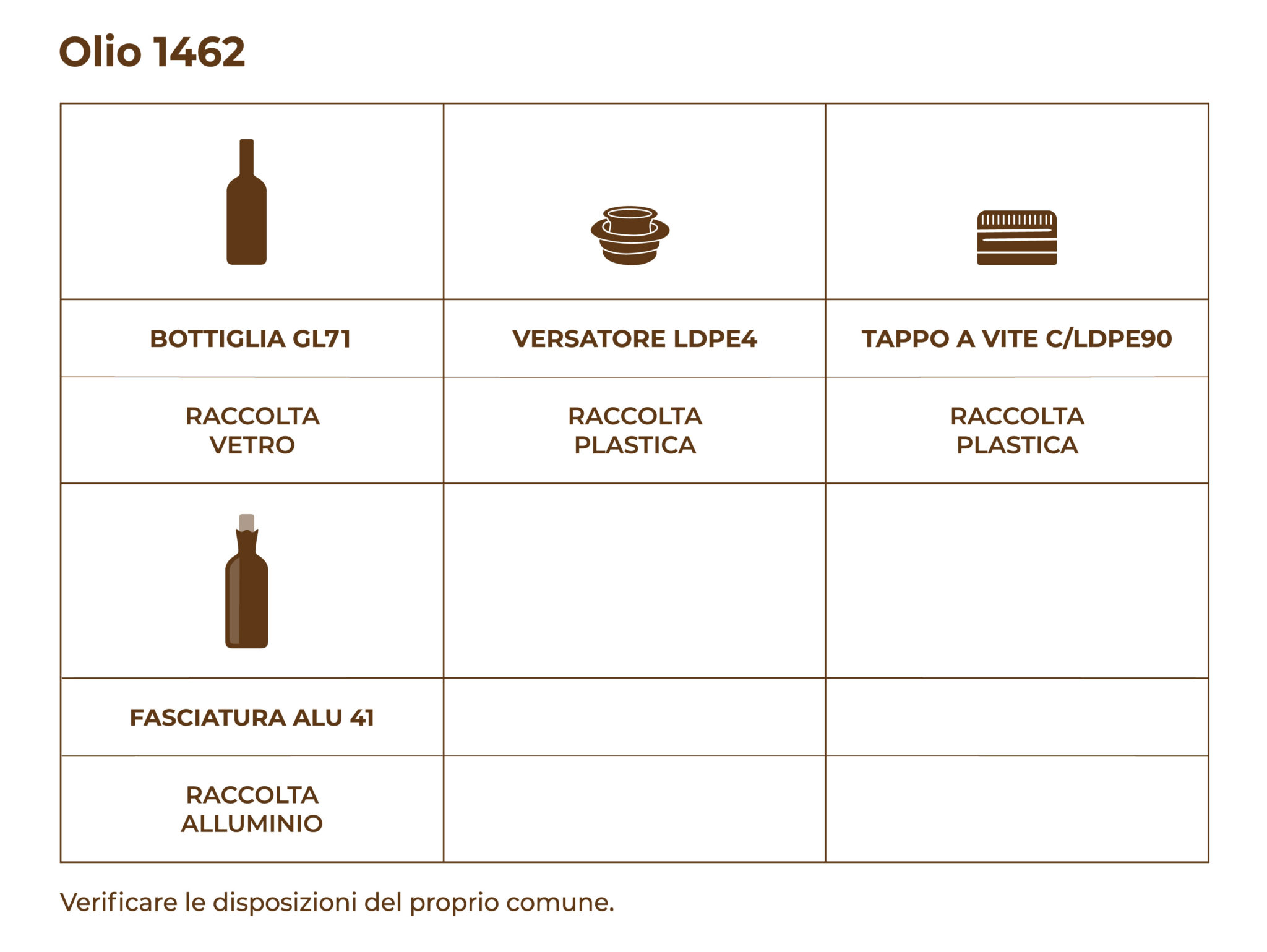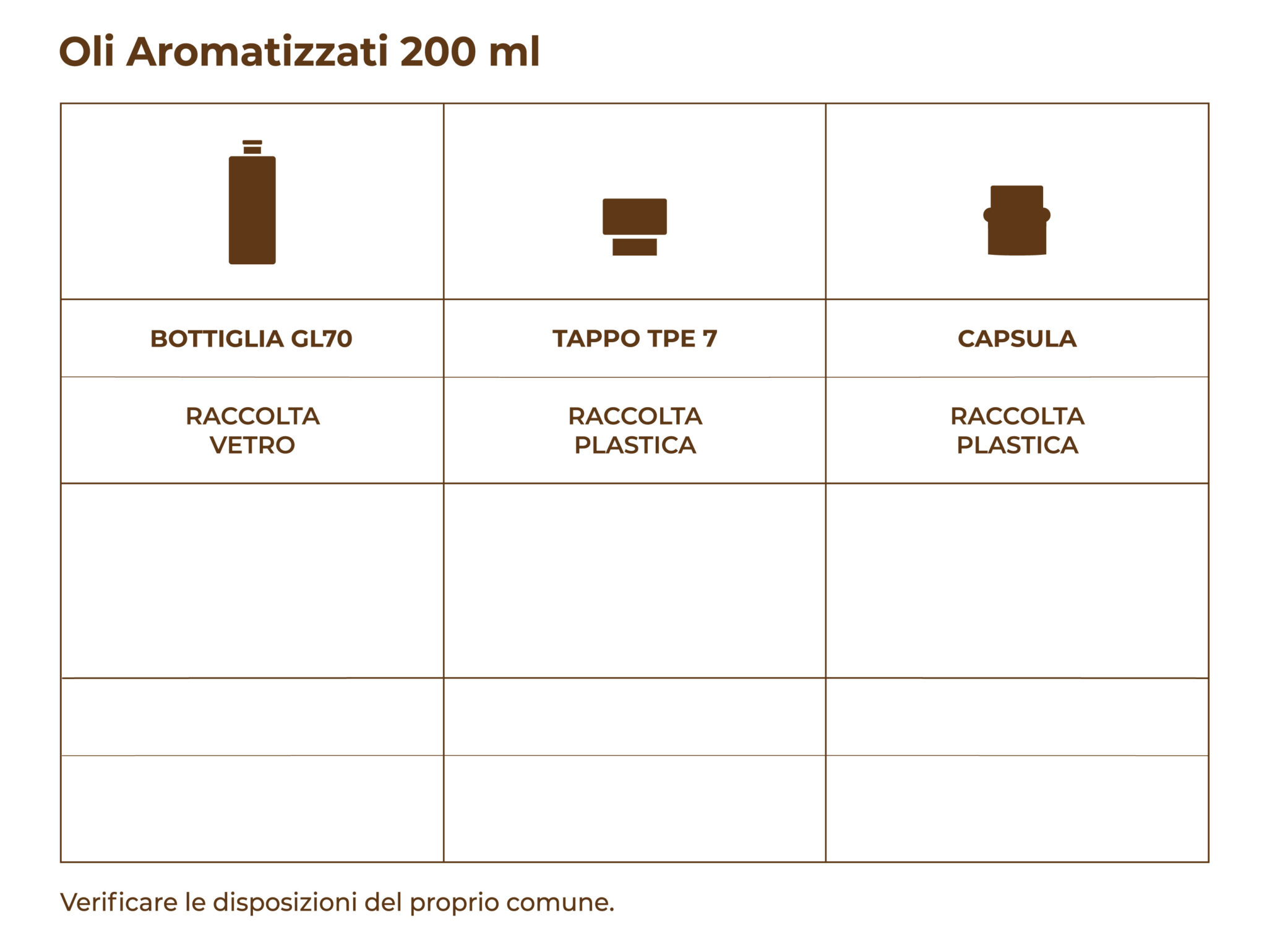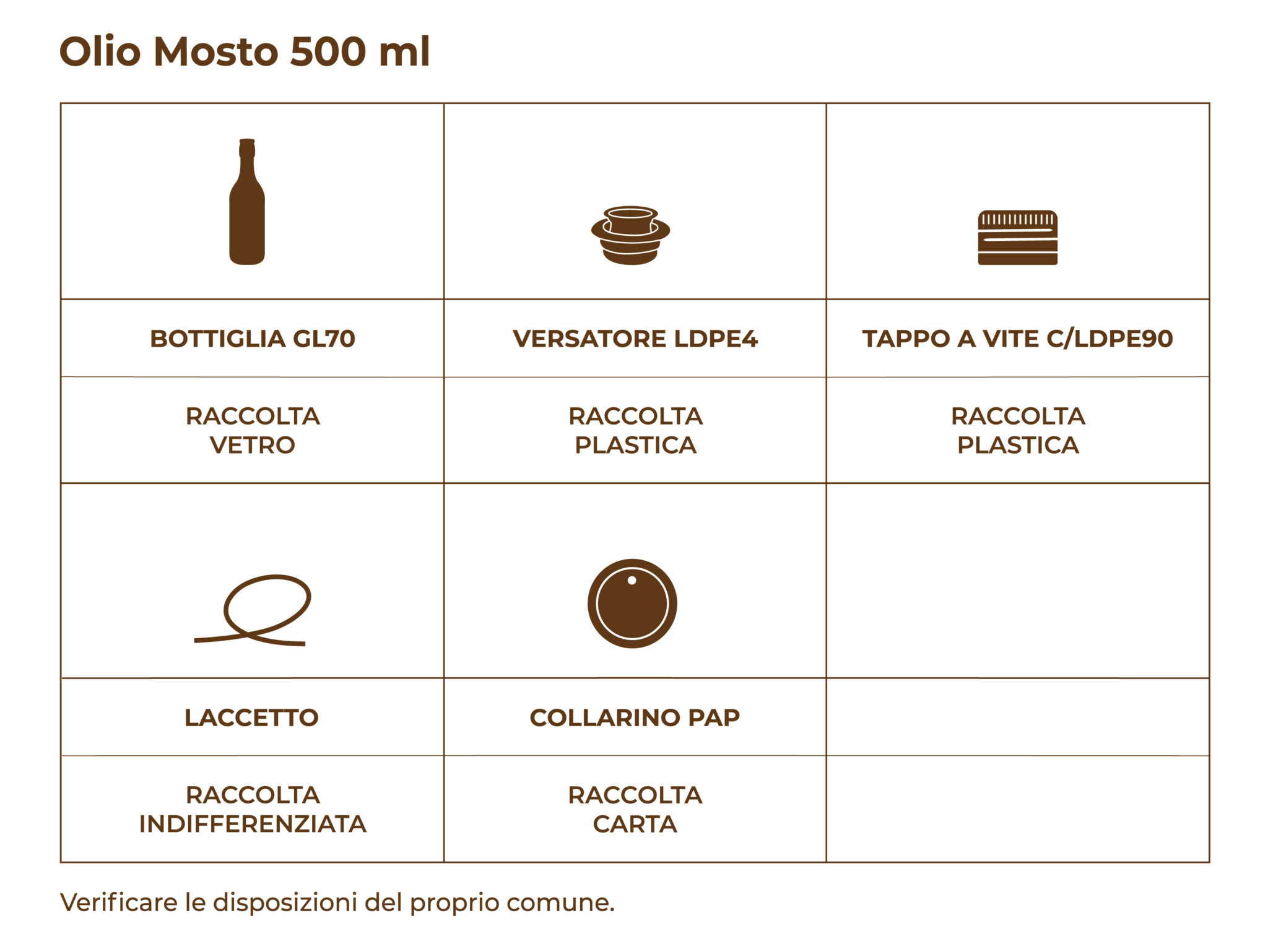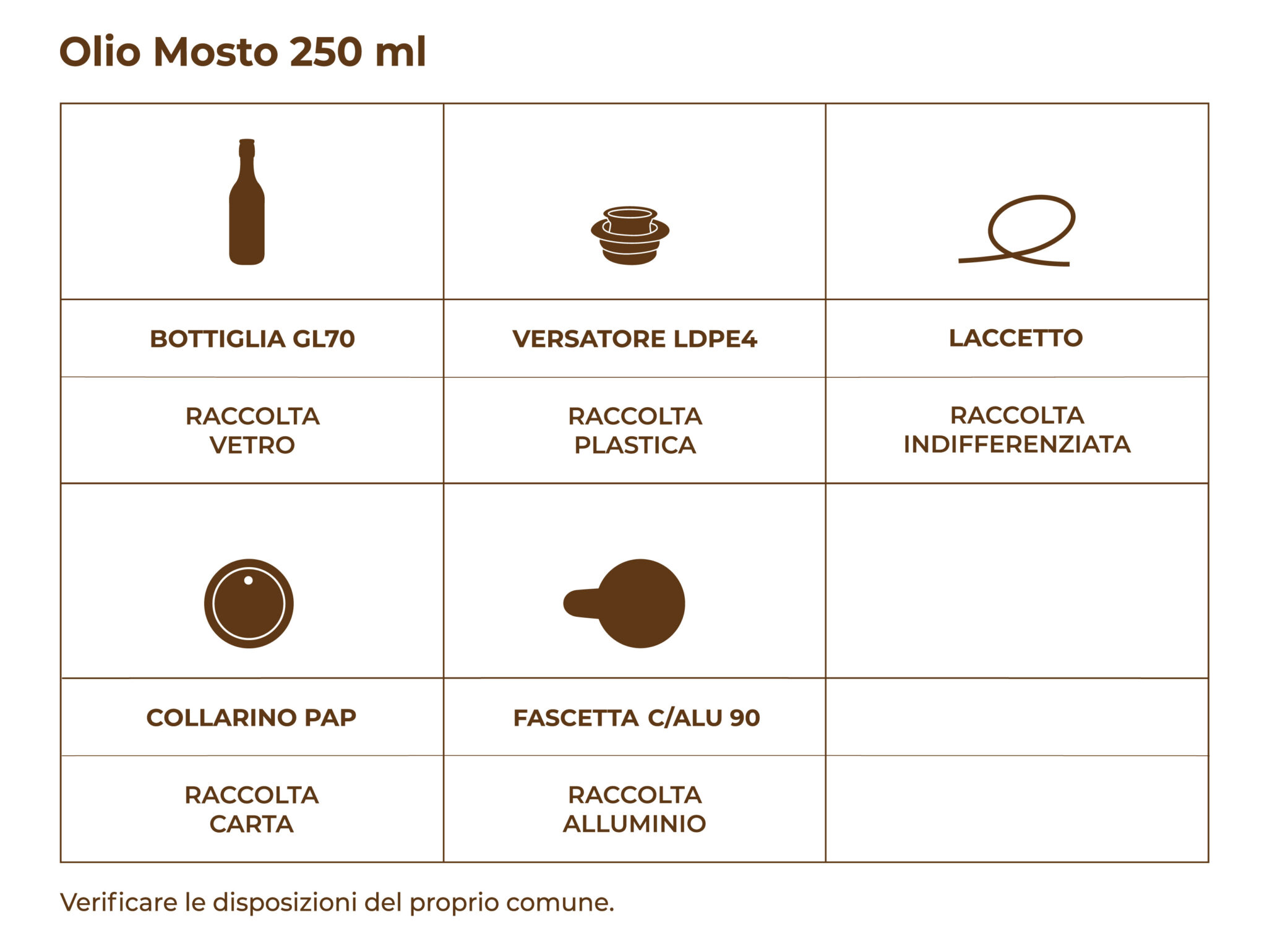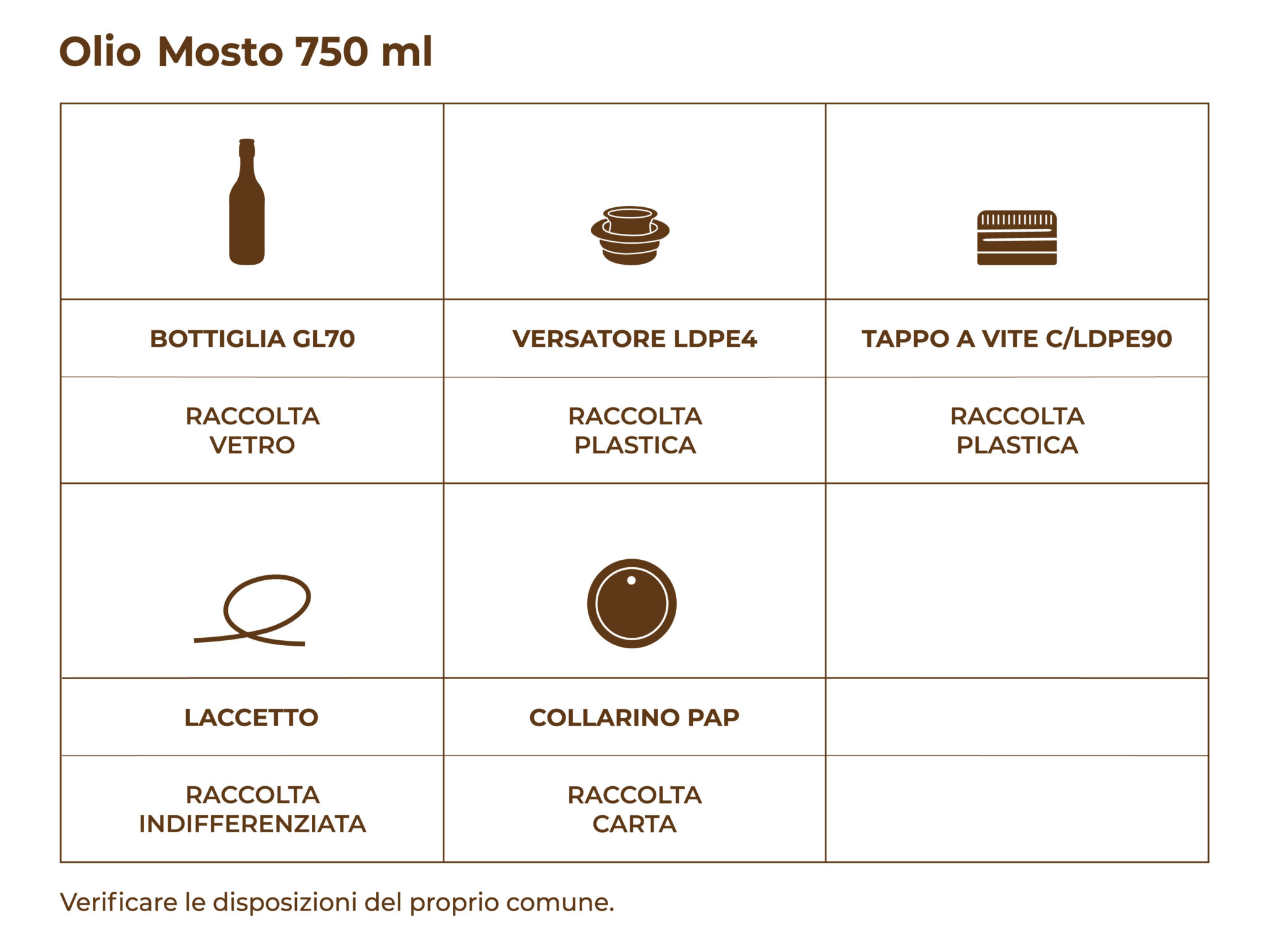Choose a language
Taggiasca olives
The production area of the tagiasca olives extends from the valley of Albenga (SV) to Monaco, going inland up to an altitude of about 700 meters. Some areas, thanks to the microclimate and the morphological characteristics, allow a production of superior quality to that average, which is already high. The things that make taggiasca olives unique in the world are mainly: – the land – water – climate. The perfect combination of these three elements has meant that our product will assume the characteristics necessary to be always imitated but never equaled.The olive tree is very vigorous, the trunk usually occurs very twisted, often with development inclined, and you can hardly find two trees alike. This means that it is often used as ornamental essence. The olive varieties taggiasca exceed, if not controlled by pruning, the 10 meters high:ligurian tradition, in fact, preferred plants with considerable vertical development. The productive life of a tree begins after the third year, and can last for over 600 years. The leaves are medium in size, rather rigid, wider at the apex than at the base and a pale green, brighter on the upper side and silvery basically at the bottom. The flowers of olive tree, called ‘mignole’ (locally “bread”) are elongated, with a number of 15/20 to 4 flowers petals yellowish-white. The drupe, black-purple when fully ripe, has an elongated shape, slightly cylindrical, and the weight varies from 2 to 4 grams.Small, very fleshy, dark and wrinkled, with the unmistakable flavor and delicacy,taggiasca olives are a rare and precious varieties: one hectare of olive grove in fact gives around twenty tons of these olives in front of the sixty-hundred tons of other qualities.The traditional method of harvesting olives is the ‘beating’ which consists of beating the branches of the olive tree with a long stick to ensure that the fruits fall to the ground. Once there was cheap and abundant labor and women, coming also from the neighboring mountains, collecting fallen fruit on the ground and they placed them in baskets (‘Cavagni’ in the local dialect). Today, to facilitate the collection, we prefer to use mechanical shakers and dropping olives in dense mesh nets placed at the base of the tree

Showing all 3 results
